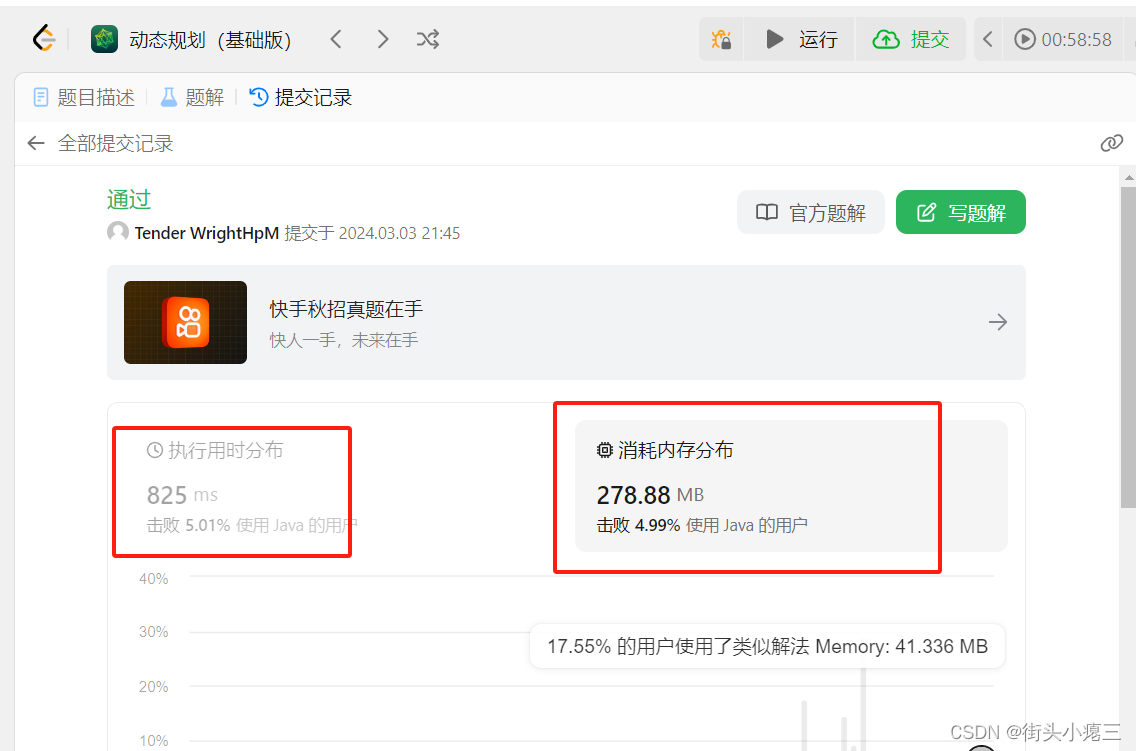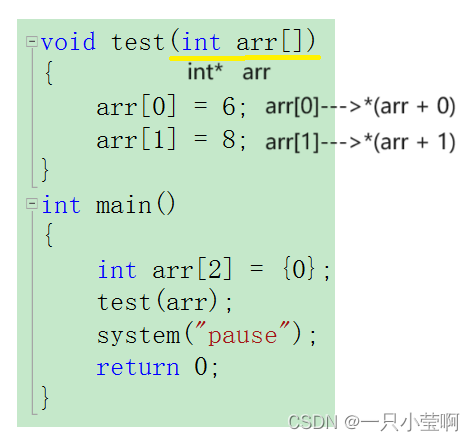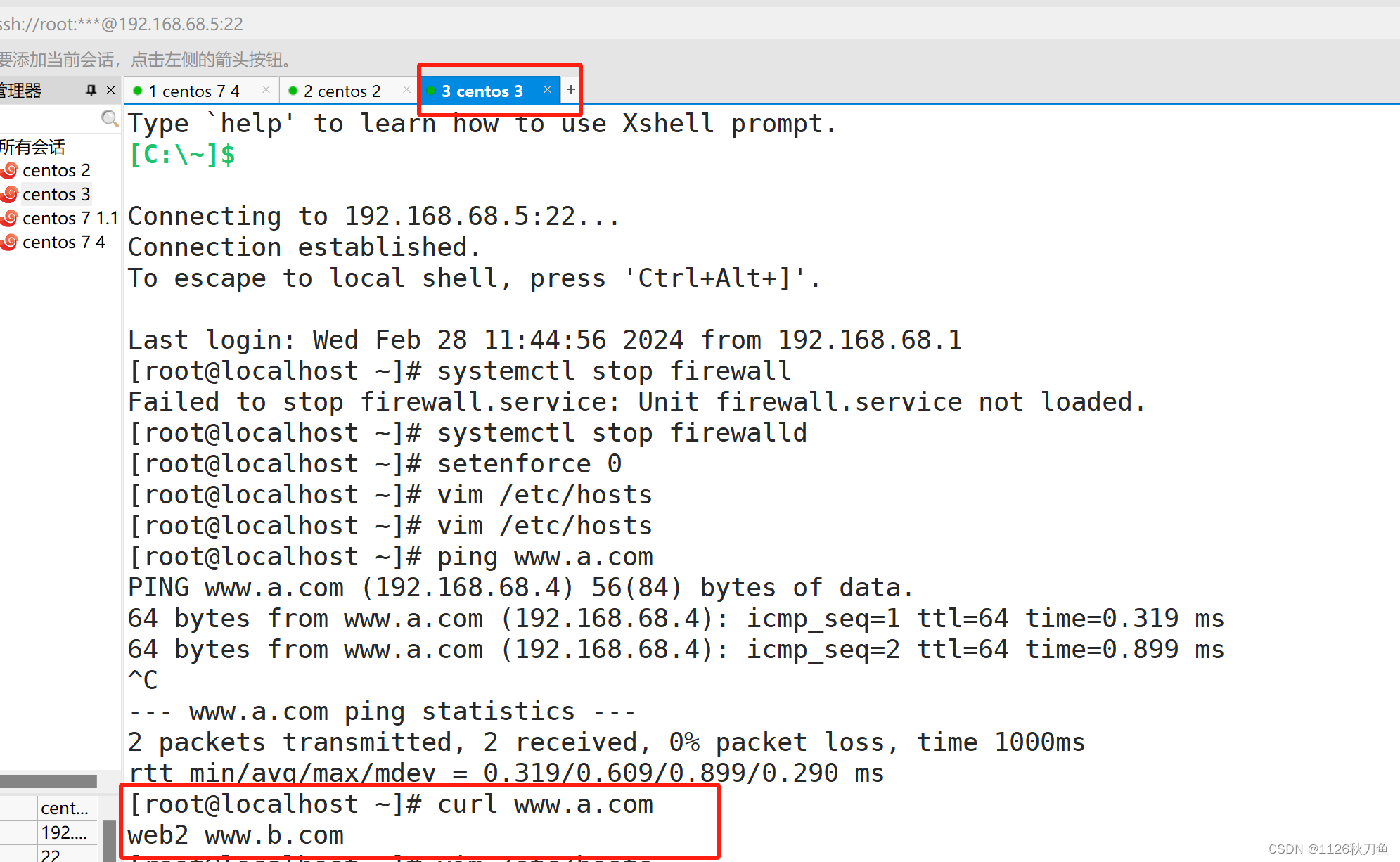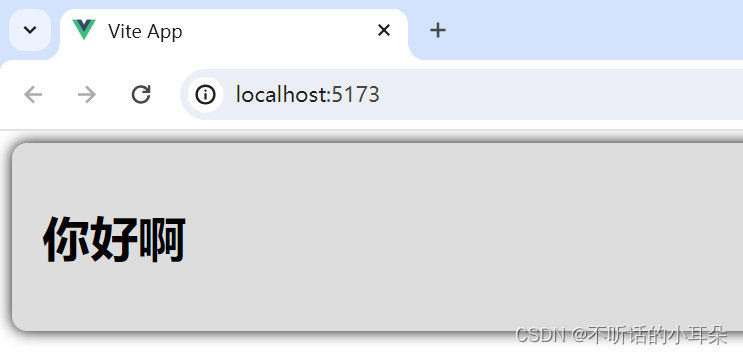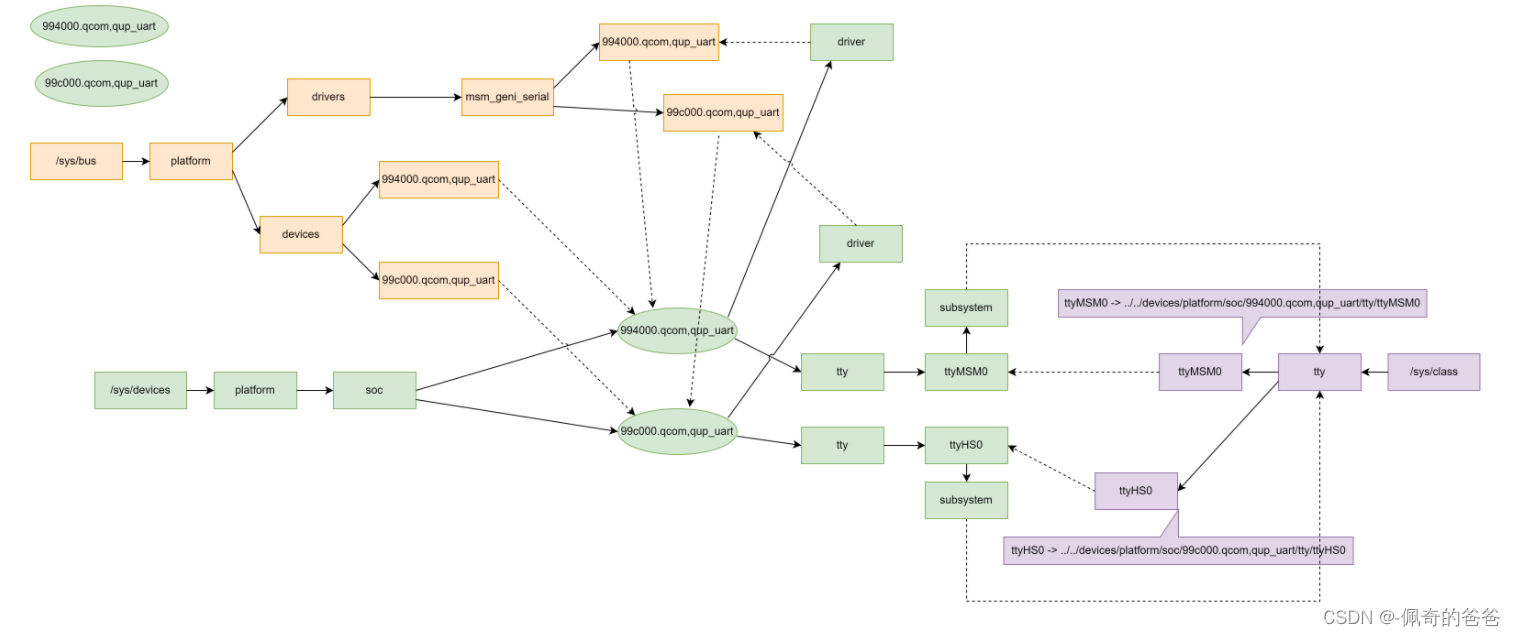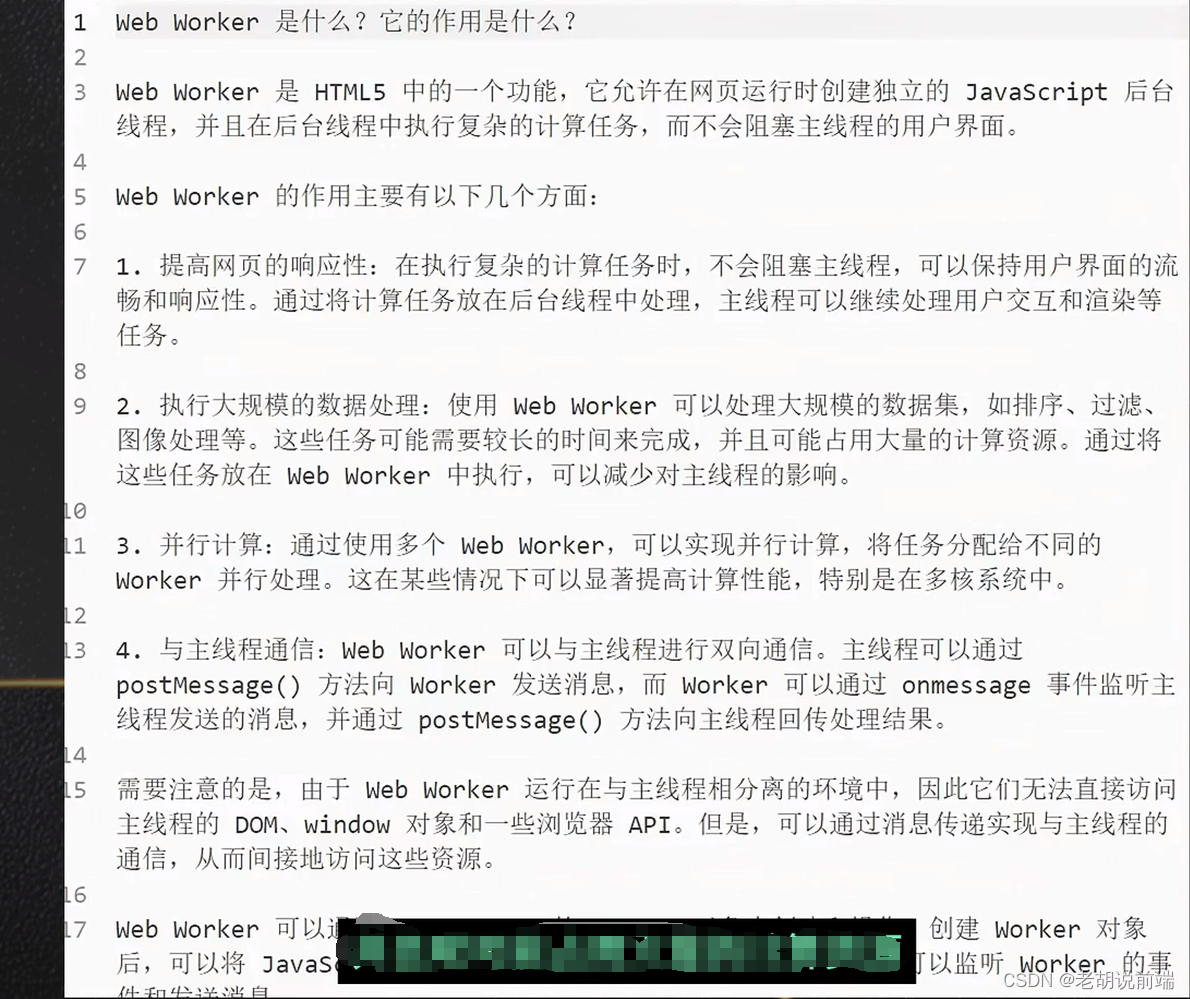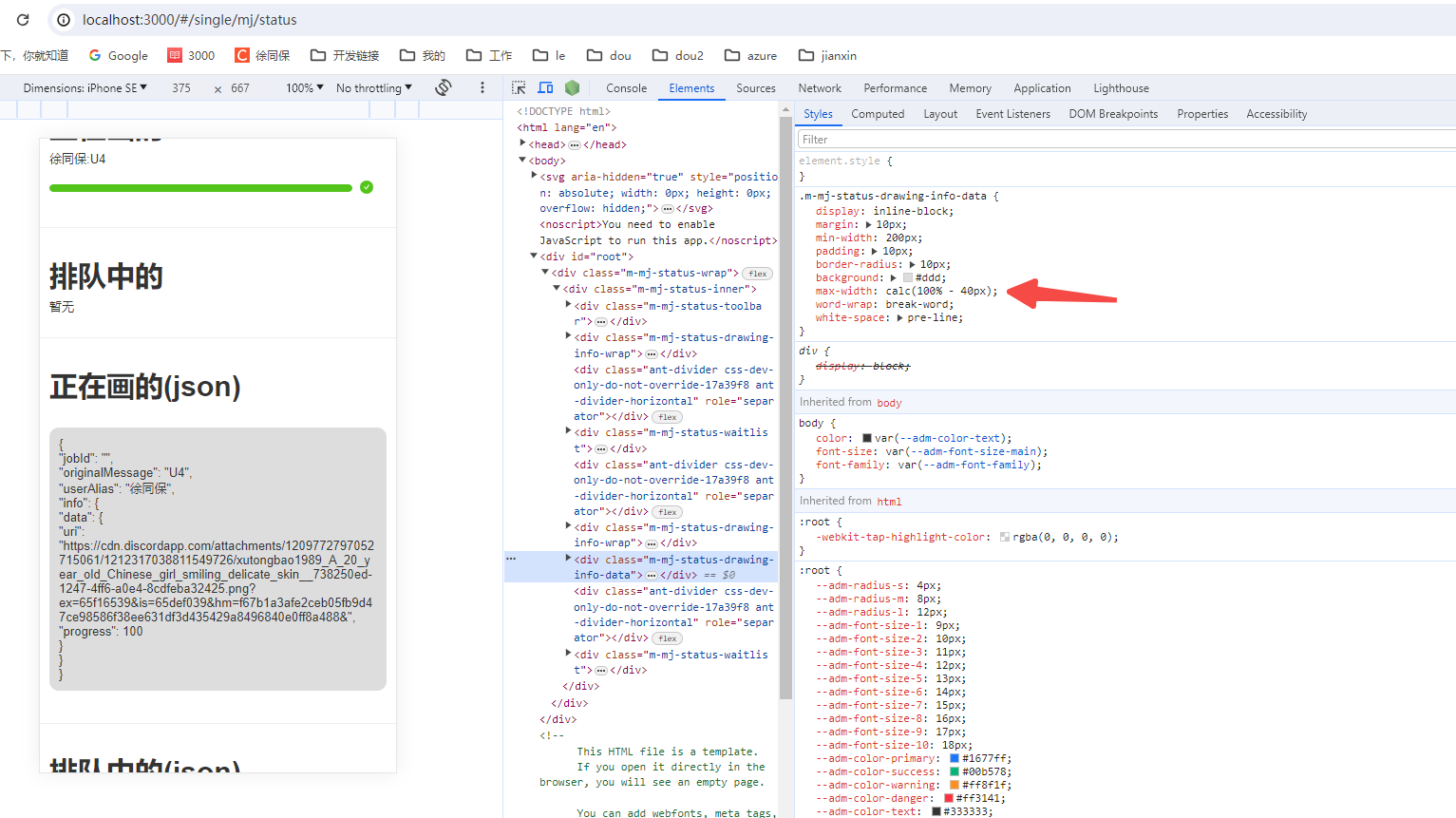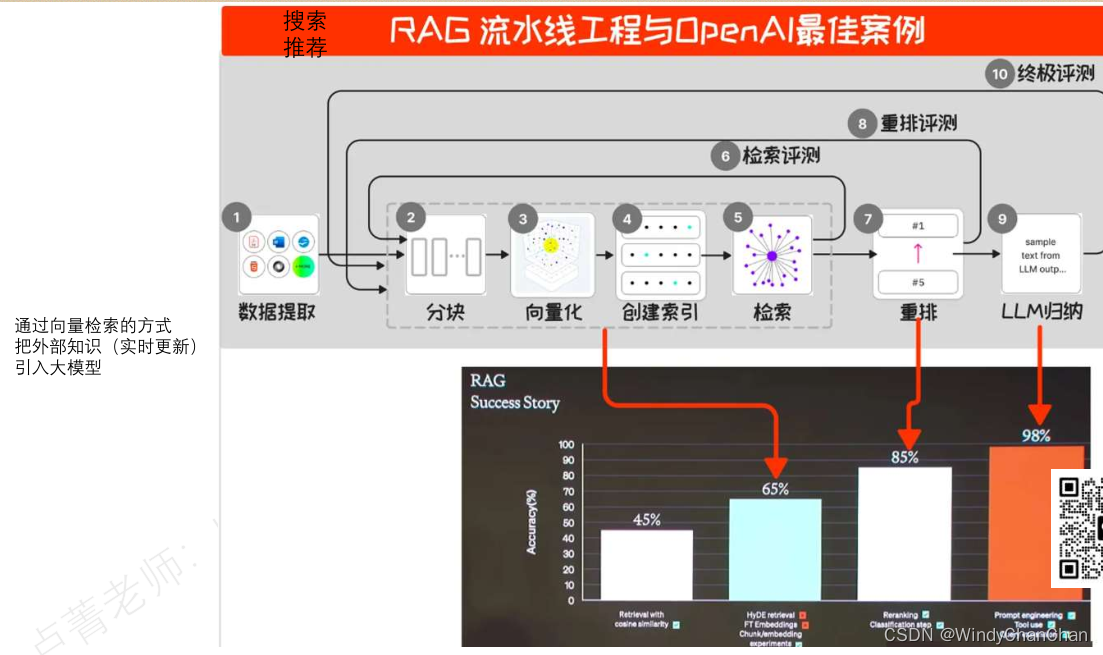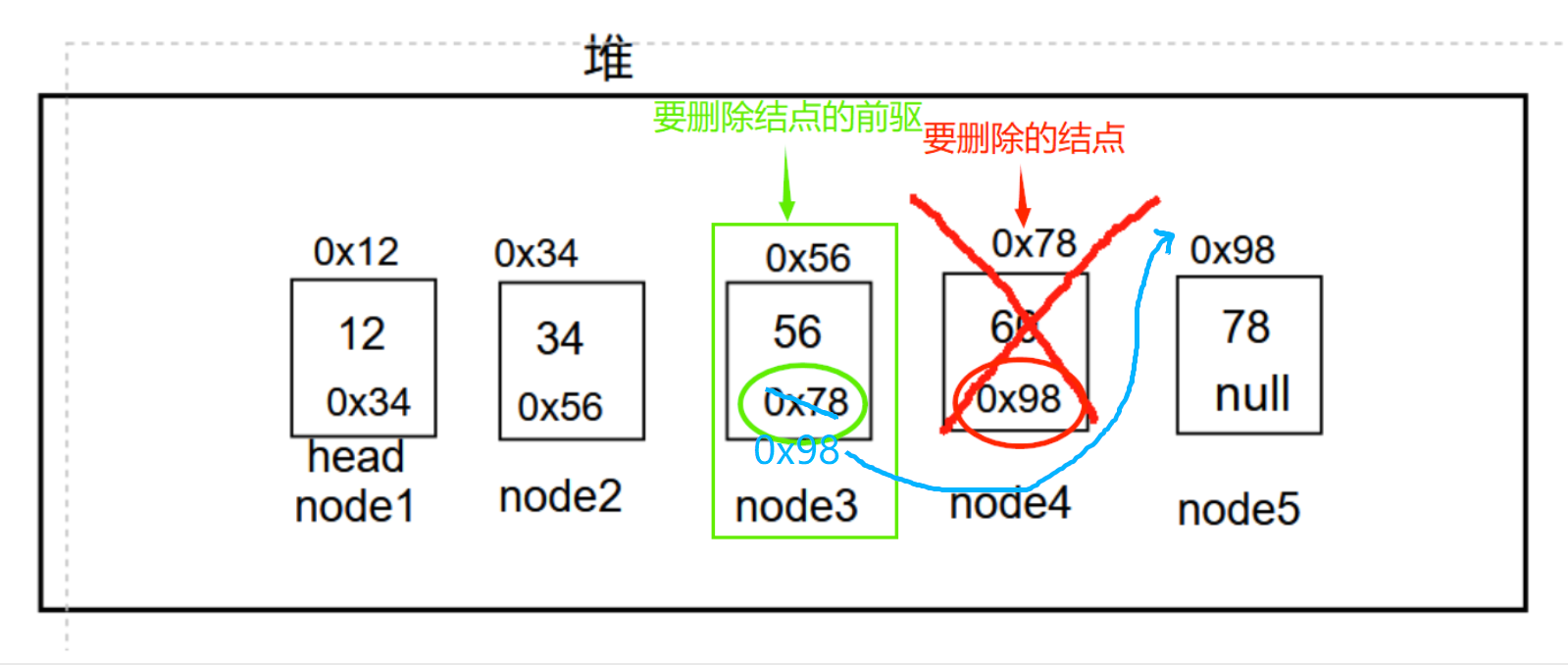大家好,我是苏貝,本篇博客带大家刷题,如果你觉得我写的还不错的话,可以给我一个赞👍吗,感谢❤️
点击查看题目
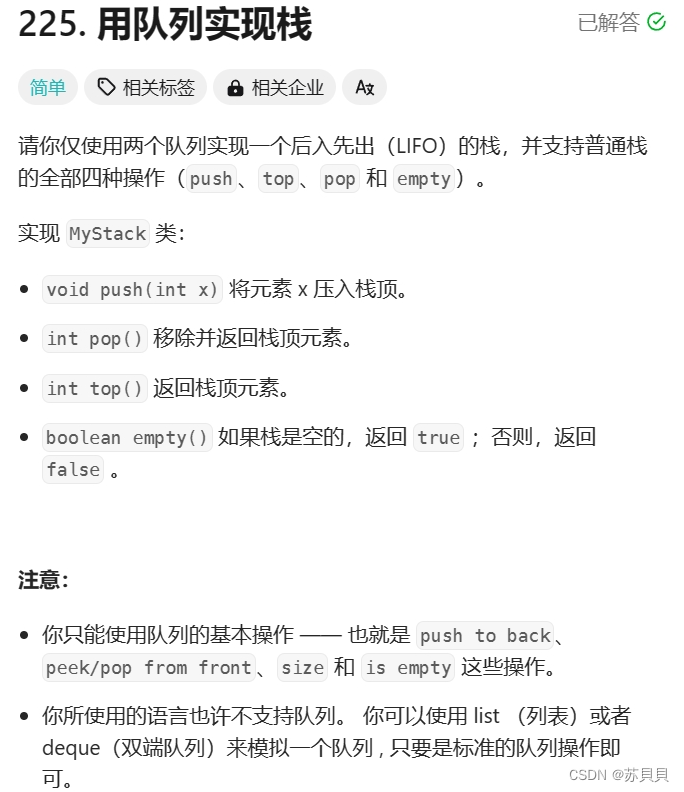
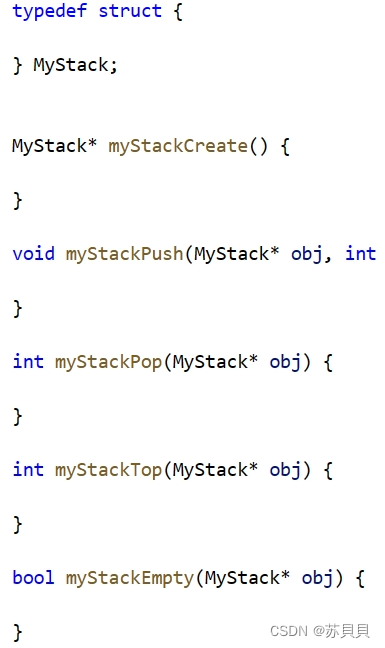

思路:
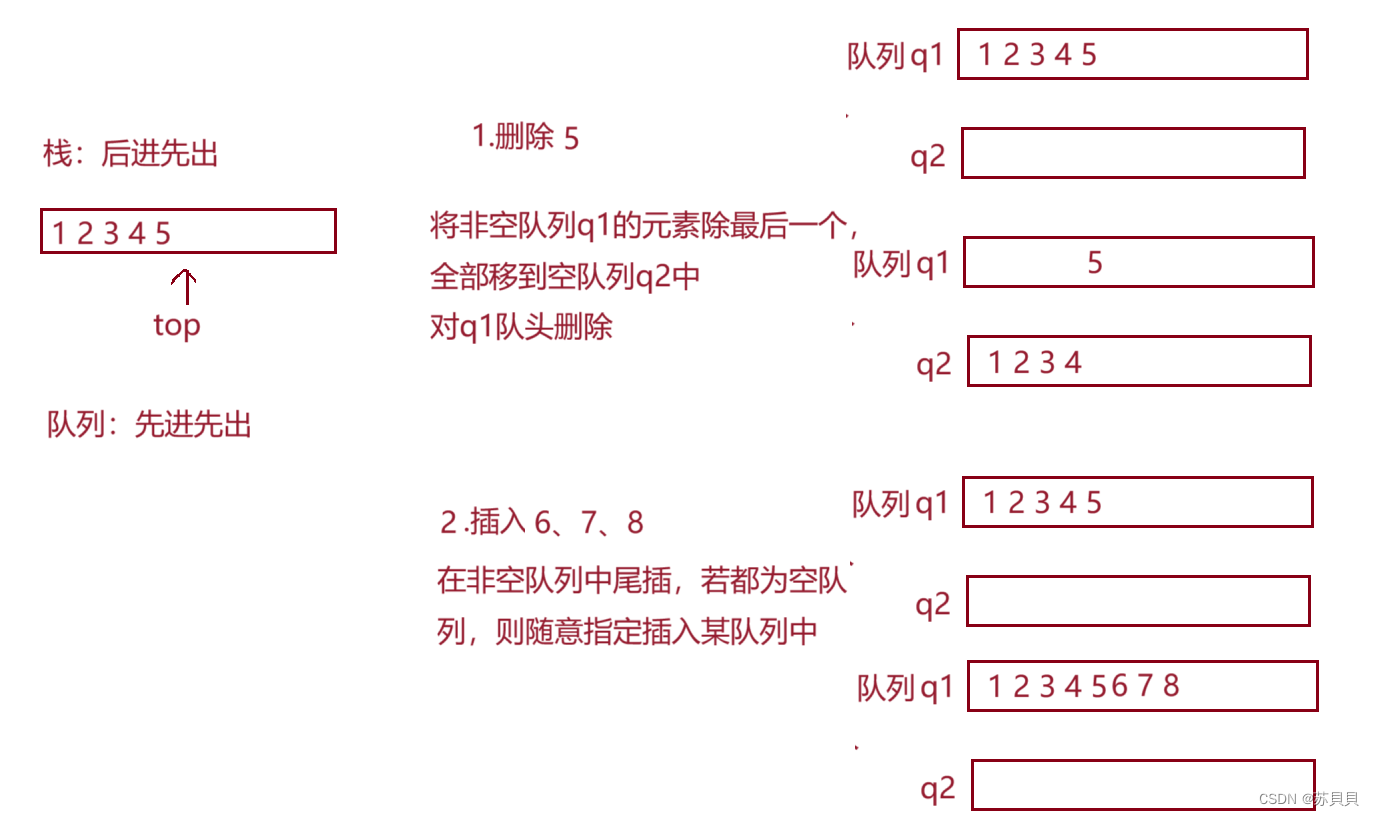
在做此题之前,我们先要实现队列,这在上个博客中已经写过,在这就不在赘述,下面是实现队列的代码
点击进入博客:【数据结构】实现队列
#include<stdio.h>
#include<assert.h>
#include<stdbool.h>
typedef int QDataType;
typedef struct QueueNode
{
struct Queue* next;
QDataType val;
}QNode;
typedef struct Queue
{
QNode* phead;
QNode* ptail;
int size;
}Queue;
//初始化
void QueueInit(Queue* pq)
{
assert(pq);
pq->phead = NULL;
pq->ptail = NULL;
pq->size = 0;
}
//销毁
void QueueDestroy(Queue* pq)
{
assert(pq);
while (pq->phead)
{
QNode* next = pq->phead->next;
free(pq->phead);
pq->phead = next;
}
pq->ptail = NULL;
pq->size = 0;
}
//队尾插入
void QueuePush(Queue* pq, QDataType x)
{
assert(pq);
//创建一个新节点
QNode* newnode = (QNode*)malloc(sizeof(QNode));
if (newnode == NULL)
{
perror("malloc fail");
return;
}
newnode->val = x;
newnode->next = NULL;
//插入
if (pq->phead == NULL)
{
pq->ptail = pq->phead = newnode;
}
else
{
pq->ptail->next = newnode;
pq->ptail = newnode;
}
pq->size++;
}
//队头删除
void QueuePop(Queue* pq)
{
assert(pq);
assert(pq->phead);
Queue* next = pq->phead->next;
free(pq->phead);
pq->phead = next;
if (pq->phead == NULL)
{
pq->ptail = NULL;
}
pq->size--;
}
//显示第一个节点的值
QDataType QueueFront(Queue* pq)
{
assert(pq);
assert(pq->phead);
return pq->phead->val;
}
//显示最后一个节点的值
QDataType QueueBack(Queue* pq)
{
assert(pq);
assert(pq->phead);
return pq->ptail->val;
}
//是否为空
bool QueueEmpty(Queue* pq)
{
assert(pq);
return pq->phead == NULL;
}
//队列的大小
int QueueSize(Queue* pq)
{
assert(pq);
return pq->size;
}
现在我们来写本题的代码
typedef struct {
Queue q1;
Queue q2;
} MyStack;
MyStack* myStackCreate() {
MyStack* obj=(MyStack*)malloc(sizeof(MyStack));
QueueInit(&obj->q1);
QueueInit(&obj->q2);
return obj;
}
void myStackPush(MyStack* obj, int x) {
if(!QueueEmpty(&obj->q1))
{
QueuePush(&obj->q1,x);
}
else
{
QueuePush(&obj->q2,x);
}
}
int myStackPop(MyStack* obj) {
Queue* emptyq=&obj->q1;
Queue* notemptyq=&obj->q2;
if(!QueueEmpty(&obj->q1))
{
emptyq=&obj->q2;
notemptyq=&obj->q1;
}
while(QueueSize(notemptyq)>1)
{
QueuePush(emptyq,QueueFront(notemptyq));
QueuePop(notemptyq);
}
int top=QueueFront(notemptyq);
QueuePop(notemptyq);
return top;
}
int myStackTop(MyStack* obj) {
Queue* emptyq=&obj->q1;
Queue* notemptyq=&obj->q2;
if(!QueueEmpty(&obj->q1))
{
emptyq=&obj->q2;
notemptyq=&obj->q1;
}
return QueueBack(notemptyq);
}
bool myStackEmpty(MyStack* obj) {
return QueueEmpty(&obj->q1)&&QueueEmpty(&obj->q2);
}
void myStackFree(MyStack* obj) {
QueueDestroy(&obj->q1);
QueueDestroy(&obj->q2);
free(obj);
}
好了,那么本篇博客就到此结束了,如果你觉得本篇博客对你有些帮助,可以给个大大的赞👍吗,感谢看到这里,我们下篇博客见❤️

